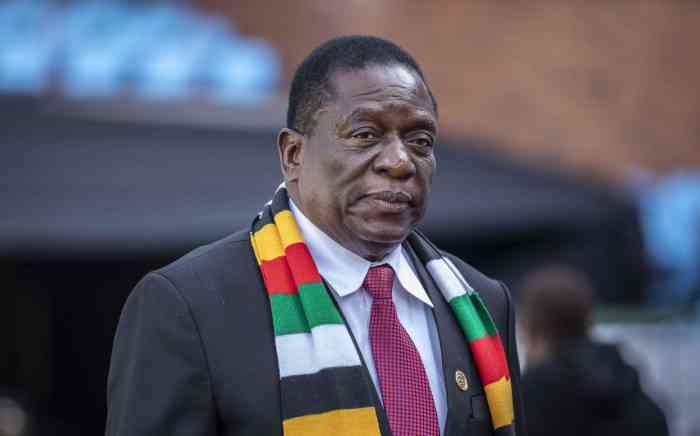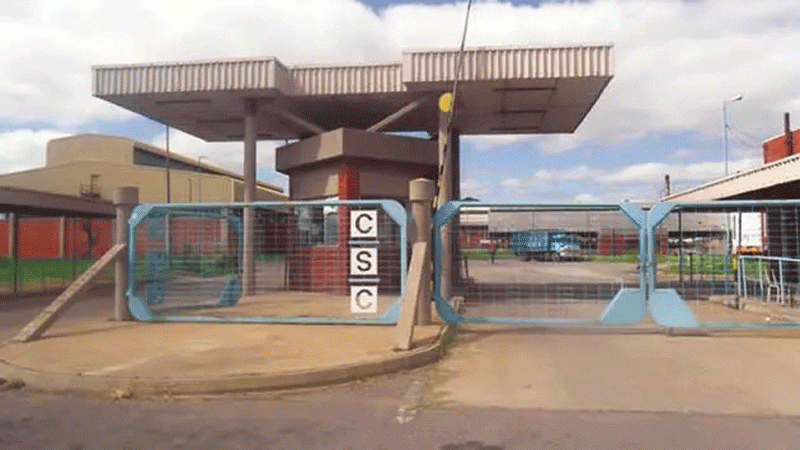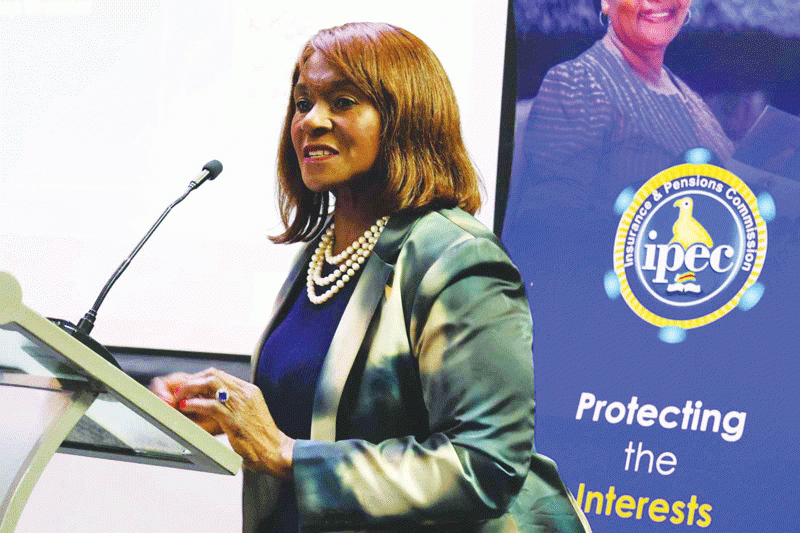
A STATUTORY Instrument (SI) issued last week, extending the multiple currency system to 2030 to resolve a lending crisis, may have given banks insights into President Emmerson Mnangagwa’s exclusive powers to shift policy at will, economists said.
They said banks, which had stopped extending longer-term foreign currency loans after Mnangagwa hinted he will press ahead with a plan to return to exclusively using the Zimbabwe dollar after the initial 2025 deadline, were likely to tighten screws further.
This, the economists said, was after the realisation that the President had full powers to swing back to dangerous territory.
They spoke after Mnangagwa, under pressure from industries, issued SI 218 of 2023, agreeing to extend the multicurrency system by five years.
But Mnangagwa, who insisted on the 2025 deadline a few weeks ago in an address to CEO Africa Roundtable members in Victoria Falls, only acted following weeks of frustrations in companies, as banks said giving longer-term loans now would only mean that they would be paid in Zimbabwe dollars from January 2026.
The domestic currency has been in free fall, taking the sharpest knocks on the black market, where it has surrendered value by over 500% since January.
The hold-up had serious ramifications as companies also ended expansion plans, which are vital for unlocking job opportunities and growing gross domestic product from the current ZW$56 billion.
In crisis meetings, senior government officials agreed to convince Mnangagwa that market forces would punish Zimbabwe again, and further cripple an already fragile economy.
- CEOs plot hedging strategies to tackle deepening crisis
- CEOs plot hedging strategies to tackle deepening crisis
- Industrialists expose gaps in re-engagement push
- Business sector plagued by uncertainty
Keep Reading
Still, there will be no guarantee that Mnangagwa will not gazette more SIs before 2030, changing the deadline dates, given powers displayed so far.
Zimbabwe is already known for policy flip-flops that have hastened an exodus of investors.
“The risk of shifting back to the Zimbabwe dollar will always be there,” Ranga Makwata, a leading financial markets analyst, told the Zimbabwe Independent.
“It is possible that by the time we get to 2030, there would have been other announcements regarding the currency issue. For a lender, you will have to be cautious.”
However, he did not rule out a return to a semblance of normalcy, with some banks reconsidering their currency positions.
“There will be change to some extent. We may see a bit of longer-term lending,” Makwata added.
In a separate interview, Respect Gwenzi, the managing director at media and financial research firm Equity Axis, said by issuing a ‘decree’ before ironing out pitfalls that have triggered protracted Zimbabwe dollar volatility, Mnangagwa had blundered.
Rioting inflation and exchange rate volatilities, foreign currency shortages and plummeting confidence in government policies, are among factors that economists say must be tackled before talk of exclusive trade in Zimbabwe dollars.
In August, industrialists pushed government to defer trade in multiple currencies until 2030, saying this would give authorities room to build a foundation to defend the domestic unit.
The Zimbabwe dollar has tumbled by wide margins on the black market since August’s polls, sending shock waves across a market already frustrated by a political crisis.
The main opposition political party, Citizens Coalition for Change rejected the presidential results, won by Mnangagwa with 52,6% against Nelson Chamisa’s 44%.
In a 2017 monetary policy statement, the Reserve Bank of Zimbabwe said fundamentals requiring attention included addressing trade imbalances.
“Changing the tenure of the multicurrency without focussing on fundamentals that boost confidence and attract longer term credit will not work,” Gwenzi said.
“Stabilisation of key aggregates will be crucial. Banks will continue to be conservative in their approach to lending. What will stop the President from changing the SI if he feels fundamentals are right? The country risk has not been addressed by this SI.”
But Trust Chikohora, former president at the Zimbabwe National Chamber of Commerce (ZNCC) saw things differently.
He said Mnangagwa gave a prescription that Zimbabwe required to end the loans drought.
“The change means for the next seven years we will use the multiple currency system,” Chikohora said.
“This gives clarity because people were beginning to be curious as we were getting to 2025, and taking positions.”
In a submission to Treasury obtained by the Independent this week outlining its expectation to the 2024 National Budget, the ZNCC also chronicled the hurdles that companies faced after government’s plan to end the status quo, including turmoil in the mortgage market.
“The policy position on currency has weakened the mortgage market,” ZNCC said.
“The majority of the financial institutions can no longer afford to enter mortgage arrangements given that most of these average five years in the Zimbabwean market.”
In a recent interview with the Independent, Wengayi Nhau, president of the Tourism Business Council of Zimbabwe, agreed that dealing with fundamentals would be crucial in removing hurdles to Zimbabwe’s plan to use its own currency.
But he said a strong US dollar would continue hammering industrial exports and service sectors like tourism.
“But no country prospers without its own currency. If we continue using a strong currency like the US dollar as our main currency, exports suffer,” Nhau said.
“It will put Zimbabwe at a huge competitive disadvantage. Tourism sells services, and packaging Zimbabwean services in US dollars becomes a deterrent.
“Foreign currency reserves are built as a result of confidence, which we must work on. We can exclusively transact in the Zimbabwe dollar within six months if conditions are right. The best we can do is switch to the South African rand,” he added.










